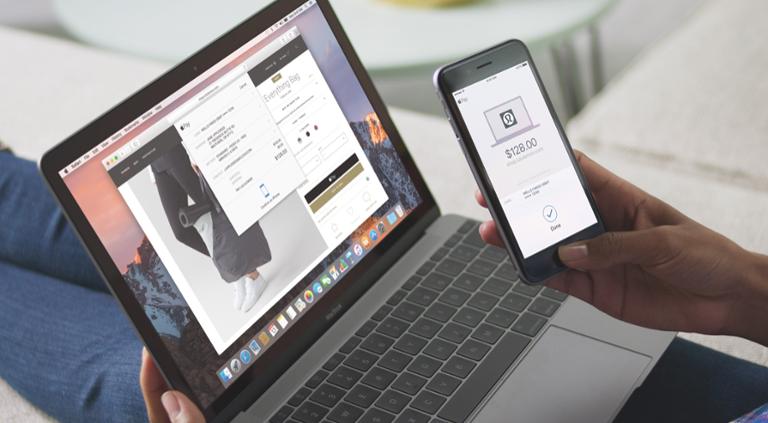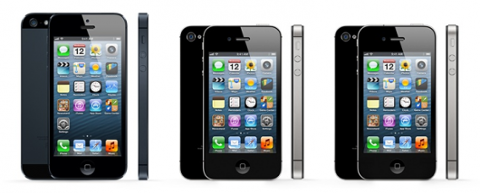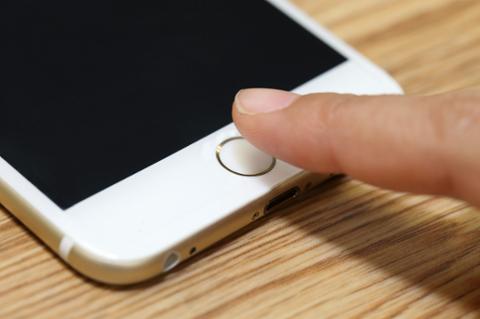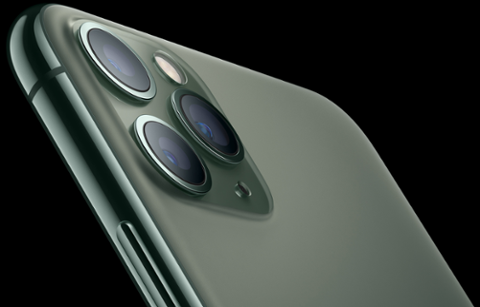
[caption id="attachment_137345" align="aligncenter" width="1657"]  Your MacBook Pro may have an iPhone counterpart soon.[/caption] This Fall, as usual, Apple will unveil at least one new iPhone. The big question is, what new features will those iPhones boast, and how much will they cost? Wild speculation on both those points has already begun. First, the name. While some (errantly, in my view) call the next device “iPhone 8,” a new post by BGR’s Zach Epstein rightly points out that we’d have a 7S, 7S Plus and an iPhone 8 if that were the case. All in the same year. That’s just silly. Keep in mind that, according to Apple's annual release cadence of iterative upgrades, 2017 is the year of the iPhone 7S and 7S Plus. In Epstein's thinking, Apple will instead rename its product lineup to mimic its desktop and iPad series, which have largely abandoned numbers. Moving forward, Epstein considers three options: iPhone, iPhone Plus and iPhone Pro. If Apple releases three devices this year, it’s the most sensible option, and lines things up nicely with the rest of Apple’s product line. It also encourages consumers to find a lane that suits them, which encourages loyalty. In this scenario, the “iPhone” and “iPhone Plus” are as we know them now, just without the number designation. Dropping the number-letter naming scheme would even help Apple add a third product to the lineup without causing confusion. But what would these new, highest-end devices cost? A “Pro” device from Apple is usually specced appropriately, but puts a good dent in your wallet. John Gruber of Daring Fireball posits that such an iPhone could cost upwards of $1,500, deeming a starting price of $1,200 as “quite likely.” That may sound ghastly, but since the 'Pro' rumors started circulating, a plus-$1,000 price tag has been part of the mix. What will really define all of this is features, and what those mean for consumers. An OLED screen is believed to make its debut on the Pro, but supply chain issues may squeeze availability. Apple is also rumored to be working on advanced facial recognition to replace Touch ID, though that may be a huge mistake. If these features are limited to the iPhone Pro, expect supply to be even tighter. And if these features cause some deviation or challenge in a developer’s workflow, expect app updates taking advantage of new features to be similarly slow to arrive. Scuttlebutt suggests a new “dark mode” is coming to iOS 11 alongside the next iPhone to take full advantage of the OLED screen, which supports individual pixels lighting up. If that’s something developers have to support via app updates – but only makes sense for the top-end OLED iPhone – there’s no point in eagerly doing so if supply is low. Another thing to consider: Apple will preview the iPhone Pro this Fall. At WWDC, Apple gave a sneak peek at two devices, the HomePod and iMac Pro. If OLED supply is pinched, the company could end up "previewing" the top-grade iPhone at its Fall event in a similar fashion, with a release date much later down the road. This is unlikely, though: Dropping an iterative update while promising a flagship later on would undoubtedly hurt iPhone sales short-term, and that’s probably not something Apple is excited about. To that, the iPhone Pro could end up being the next AirPods, which were on perpetual backorder for quite some time. The idea of an iPhone Pro is exciting, but we’ll have to wait to see about the execution. If Apple nails it, dropping $1,000 or more on a phone may not seem so wrong. If not, that hefty price point could harm the iPhone's dominance.
Your MacBook Pro may have an iPhone counterpart soon.[/caption] This Fall, as usual, Apple will unveil at least one new iPhone. The big question is, what new features will those iPhones boast, and how much will they cost? Wild speculation on both those points has already begun. First, the name. While some (errantly, in my view) call the next device “iPhone 8,” a new post by BGR’s Zach Epstein rightly points out that we’d have a 7S, 7S Plus and an iPhone 8 if that were the case. All in the same year. That’s just silly. Keep in mind that, according to Apple's annual release cadence of iterative upgrades, 2017 is the year of the iPhone 7S and 7S Plus. In Epstein's thinking, Apple will instead rename its product lineup to mimic its desktop and iPad series, which have largely abandoned numbers. Moving forward, Epstein considers three options: iPhone, iPhone Plus and iPhone Pro. If Apple releases three devices this year, it’s the most sensible option, and lines things up nicely with the rest of Apple’s product line. It also encourages consumers to find a lane that suits them, which encourages loyalty. In this scenario, the “iPhone” and “iPhone Plus” are as we know them now, just without the number designation. Dropping the number-letter naming scheme would even help Apple add a third product to the lineup without causing confusion. But what would these new, highest-end devices cost? A “Pro” device from Apple is usually specced appropriately, but puts a good dent in your wallet. John Gruber of Daring Fireball posits that such an iPhone could cost upwards of $1,500, deeming a starting price of $1,200 as “quite likely.” That may sound ghastly, but since the 'Pro' rumors started circulating, a plus-$1,000 price tag has been part of the mix. What will really define all of this is features, and what those mean for consumers. An OLED screen is believed to make its debut on the Pro, but supply chain issues may squeeze availability. Apple is also rumored to be working on advanced facial recognition to replace Touch ID, though that may be a huge mistake. If these features are limited to the iPhone Pro, expect supply to be even tighter. And if these features cause some deviation or challenge in a developer’s workflow, expect app updates taking advantage of new features to be similarly slow to arrive. Scuttlebutt suggests a new “dark mode” is coming to iOS 11 alongside the next iPhone to take full advantage of the OLED screen, which supports individual pixels lighting up. If that’s something developers have to support via app updates – but only makes sense for the top-end OLED iPhone – there’s no point in eagerly doing so if supply is low. Another thing to consider: Apple will preview the iPhone Pro this Fall. At WWDC, Apple gave a sneak peek at two devices, the HomePod and iMac Pro. If OLED supply is pinched, the company could end up "previewing" the top-grade iPhone at its Fall event in a similar fashion, with a release date much later down the road. This is unlikely, though: Dropping an iterative update while promising a flagship later on would undoubtedly hurt iPhone sales short-term, and that’s probably not something Apple is excited about. To that, the iPhone Pro could end up being the next AirPods, which were on perpetual backorder for quite some time. The idea of an iPhone Pro is exciting, but we’ll have to wait to see about the execution. If Apple nails it, dropping $1,000 or more on a phone may not seem so wrong. If not, that hefty price point could harm the iPhone's dominance.


